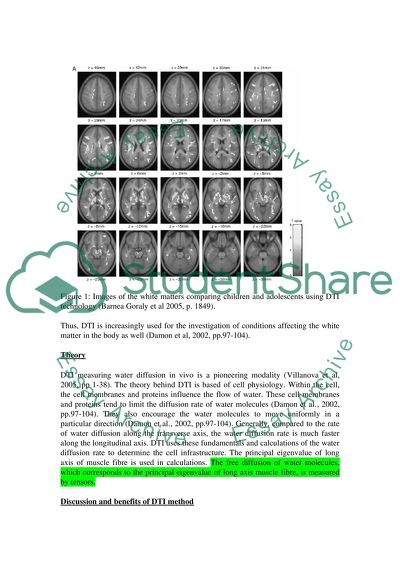Cite this document
(“Anatomy in MRI (Magnetic resonance imaging) Essay - 4”, n.d.)
Anatomy in MRI (Magnetic resonance imaging) Essay - 4. Retrieved from https://studentshare.org/health-sciences-medicine/1621364-anatomy-in-mri-magnetic-resonance-imaging
Anatomy in MRI (Magnetic resonance imaging) Essay - 4. Retrieved from https://studentshare.org/health-sciences-medicine/1621364-anatomy-in-mri-magnetic-resonance-imaging
(Anatomy in MRI (Magnetic Resonance Imaging) Essay - 4)
Anatomy in MRI (Magnetic Resonance Imaging) Essay - 4. https://studentshare.org/health-sciences-medicine/1621364-anatomy-in-mri-magnetic-resonance-imaging.
Anatomy in MRI (Magnetic Resonance Imaging) Essay - 4. https://studentshare.org/health-sciences-medicine/1621364-anatomy-in-mri-magnetic-resonance-imaging.
“Anatomy in MRI (Magnetic Resonance Imaging) Essay - 4”, n.d. https://studentshare.org/health-sciences-medicine/1621364-anatomy-in-mri-magnetic-resonance-imaging.


